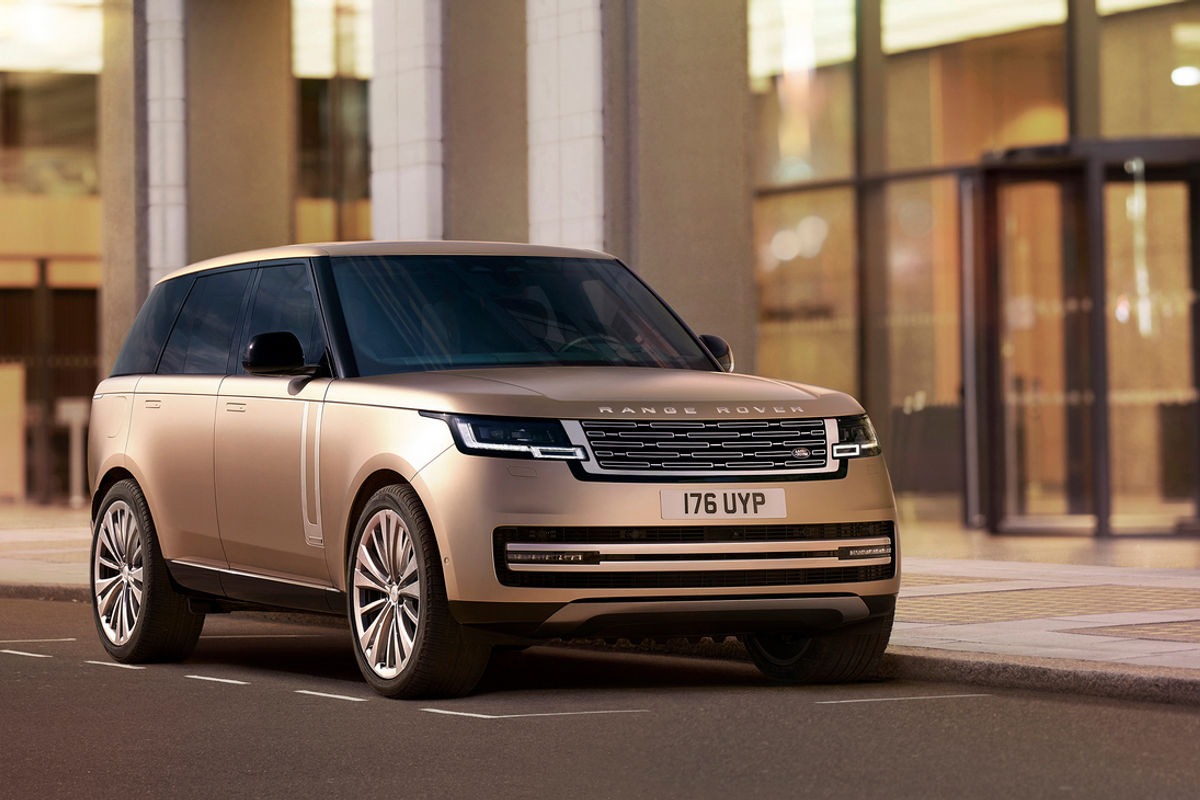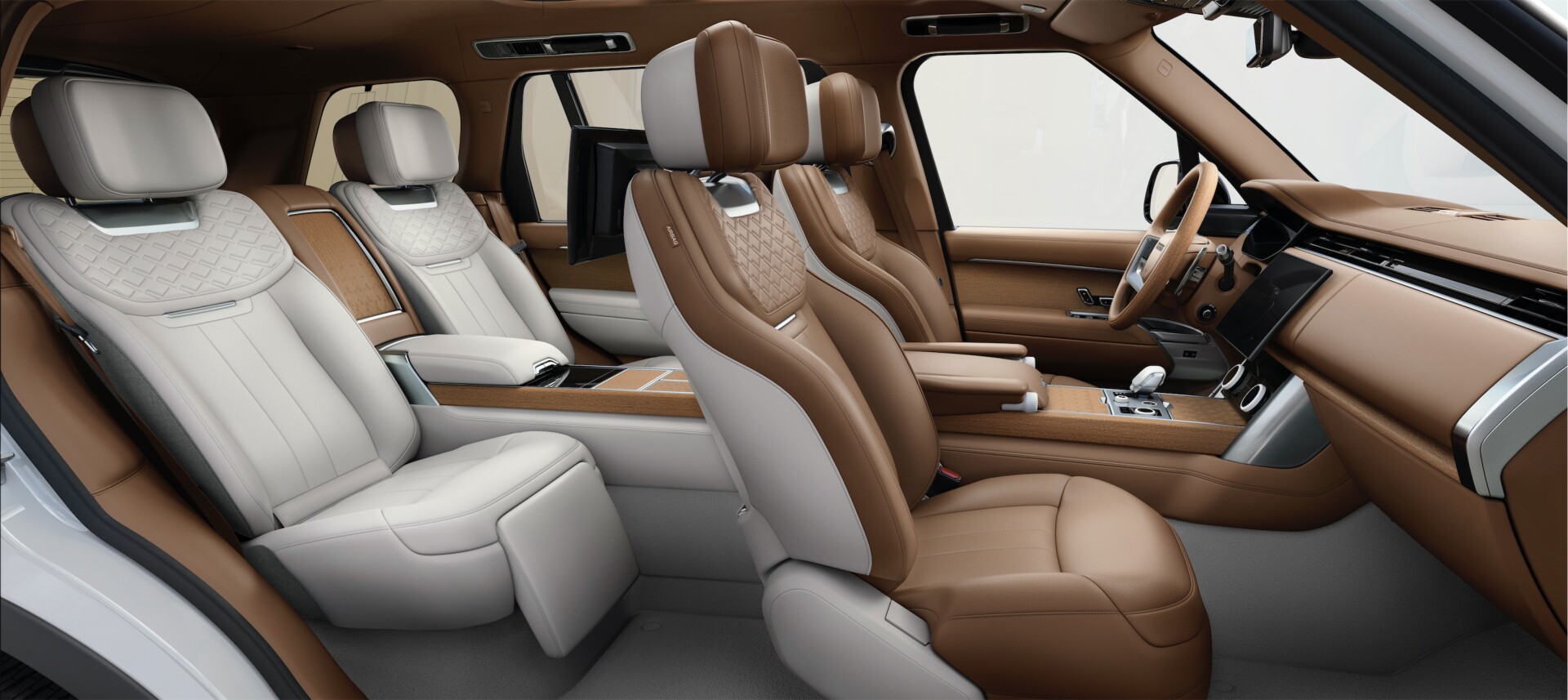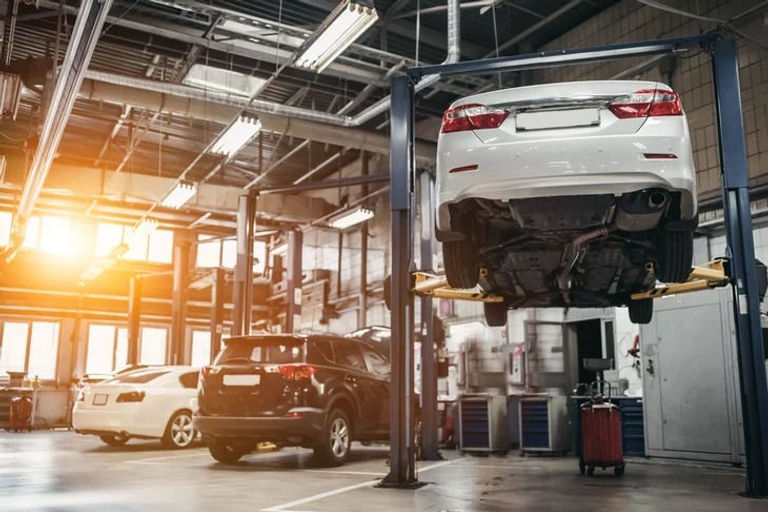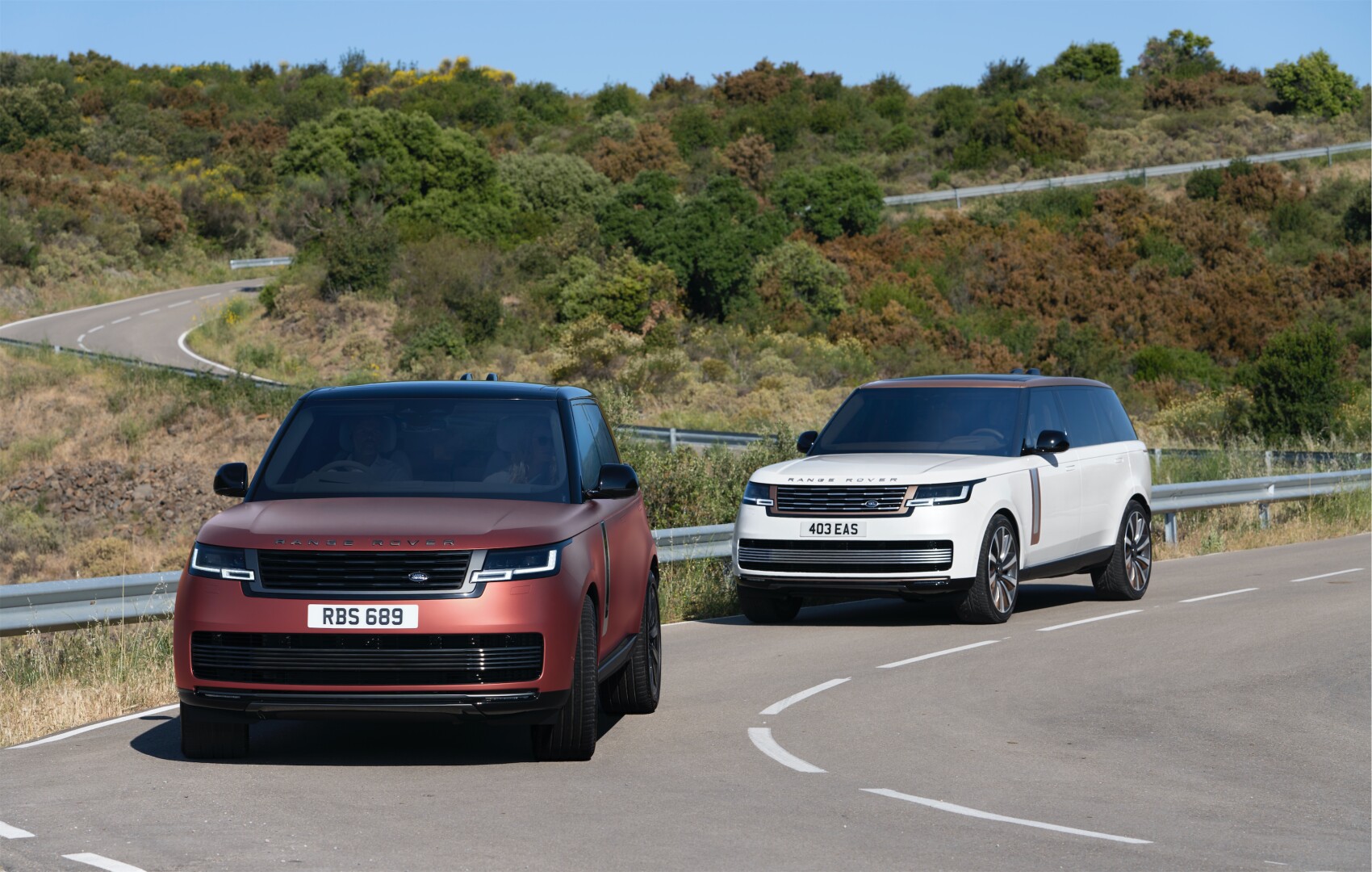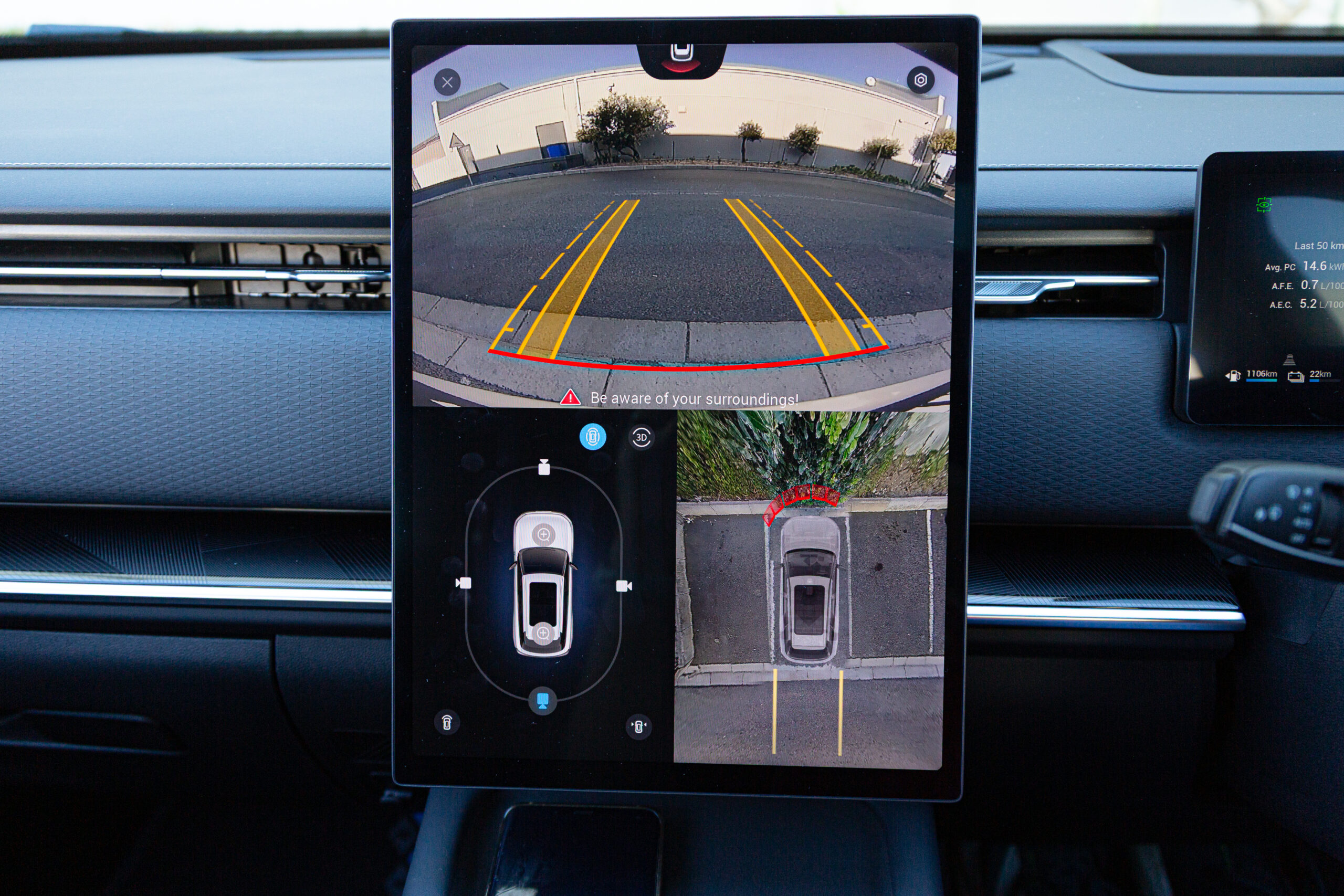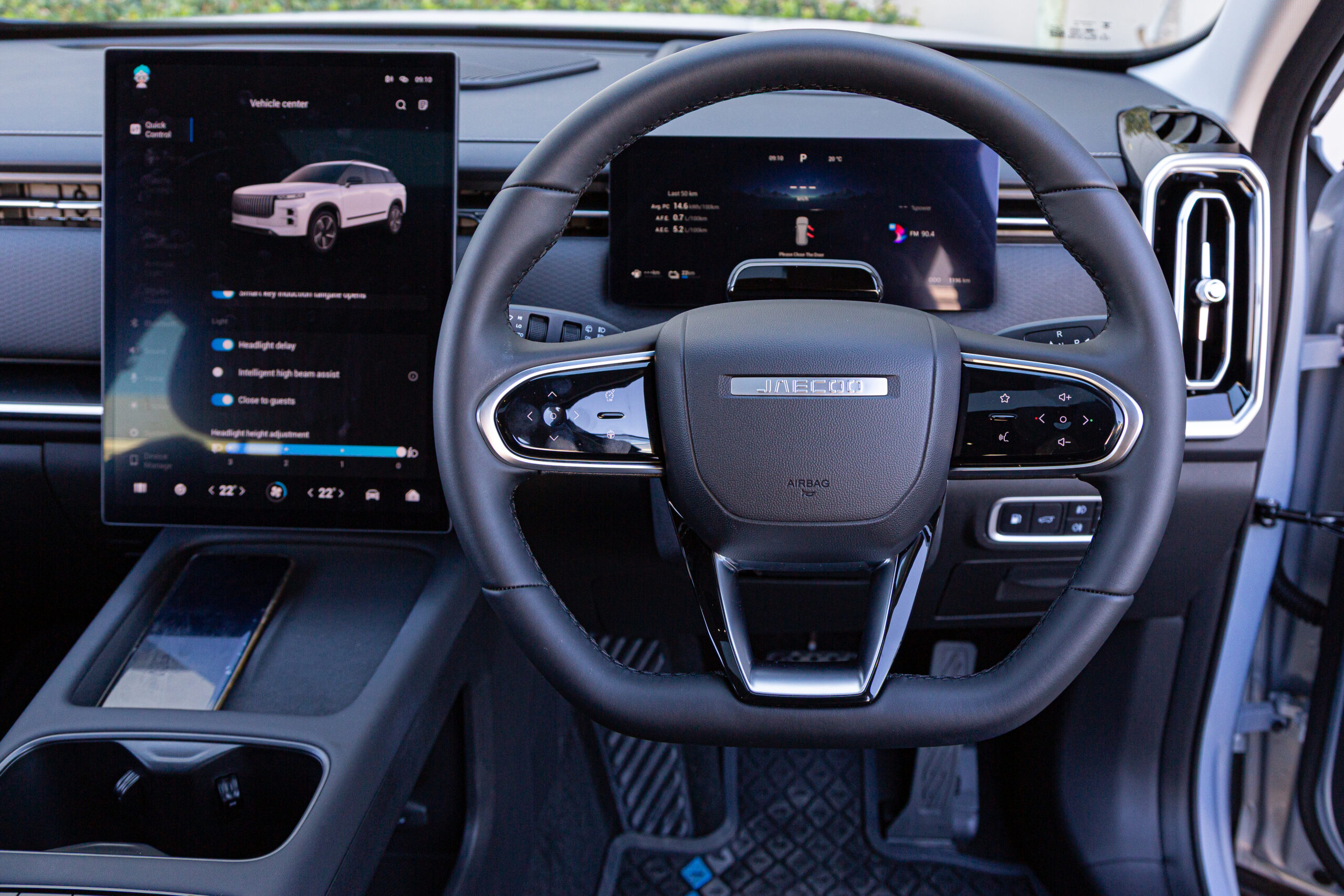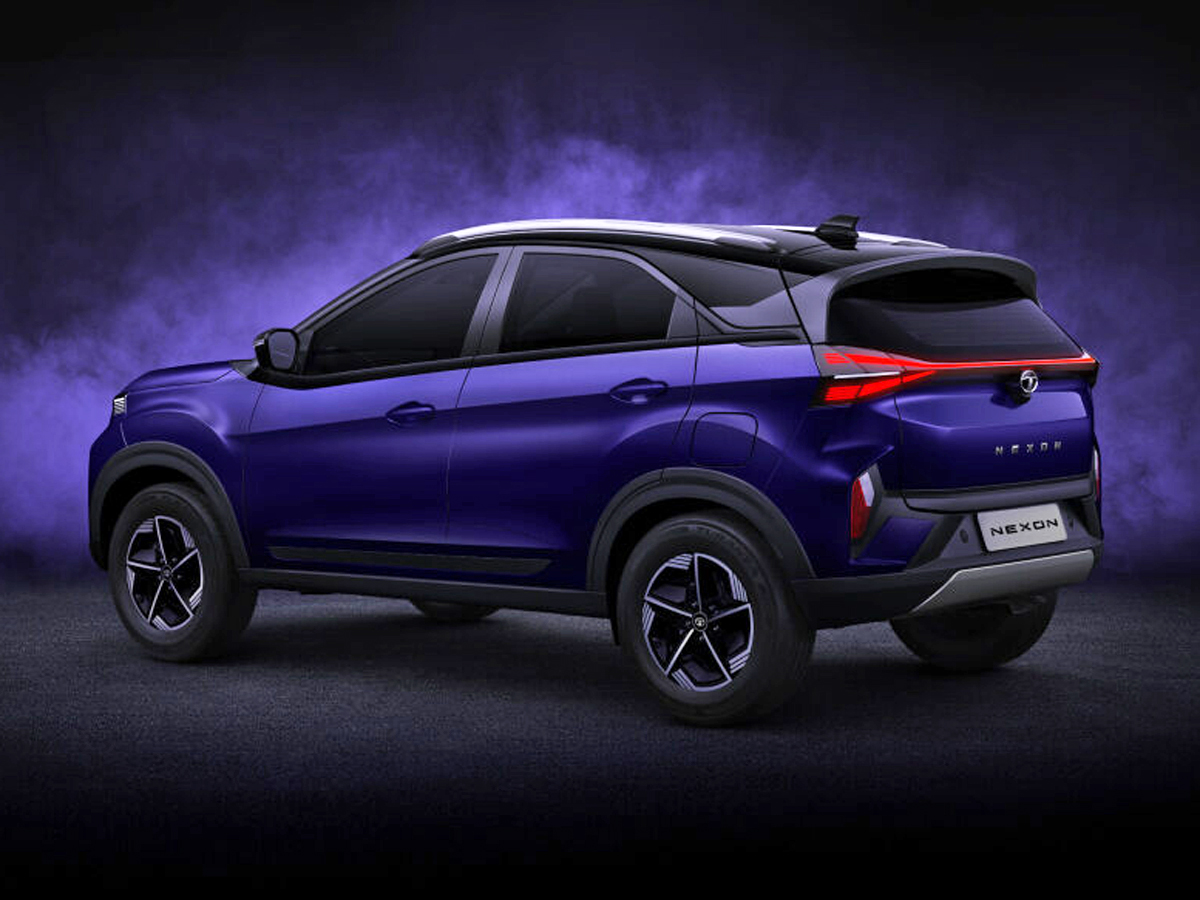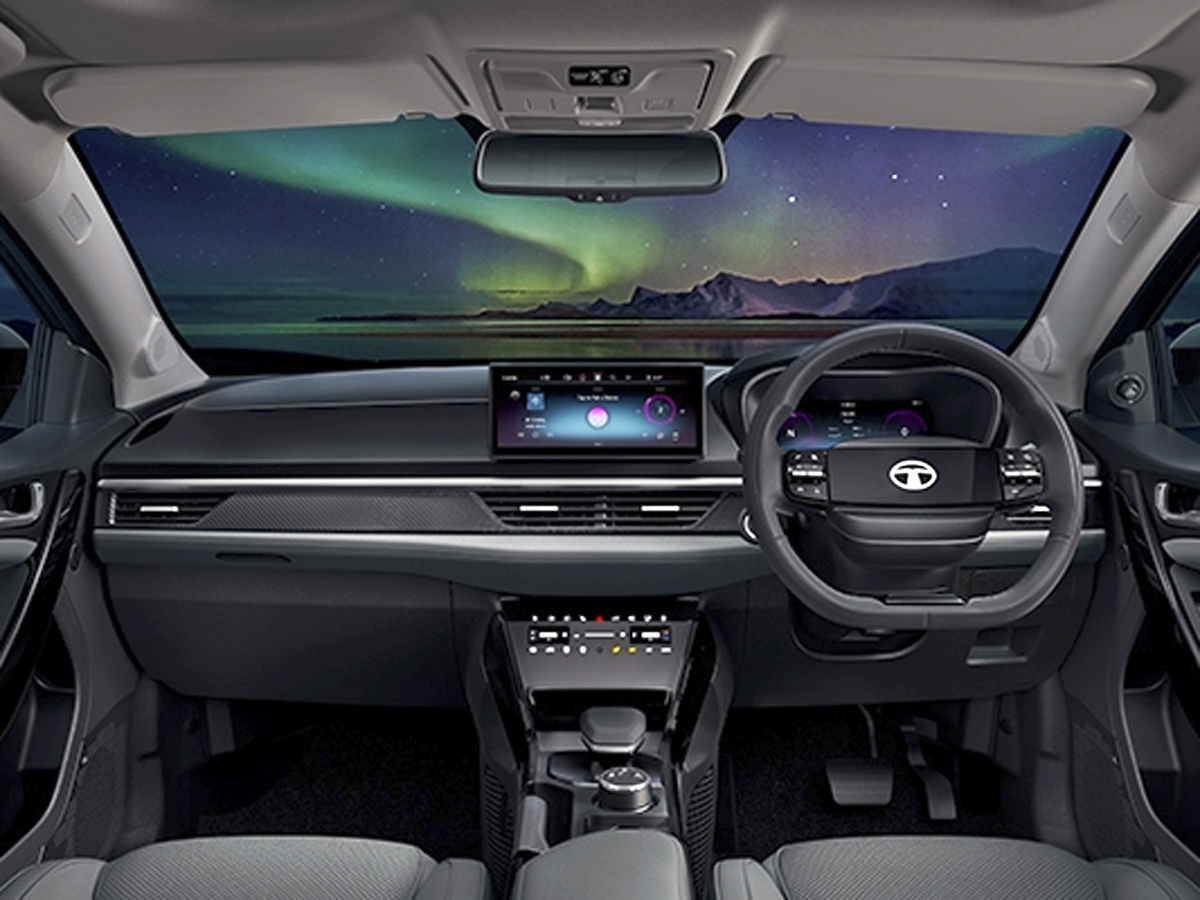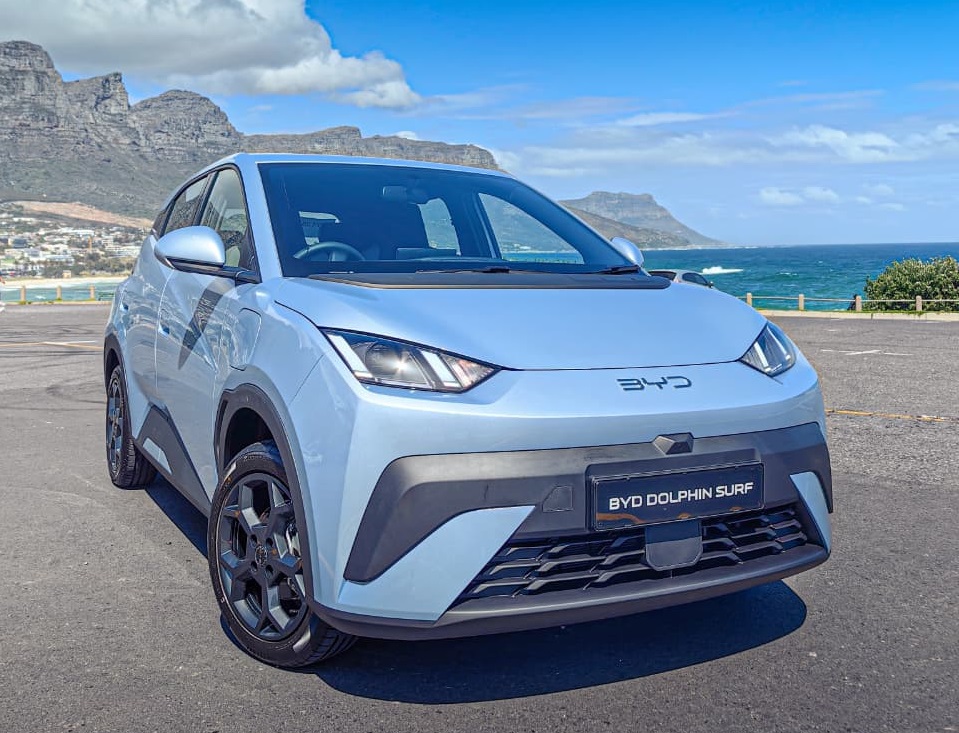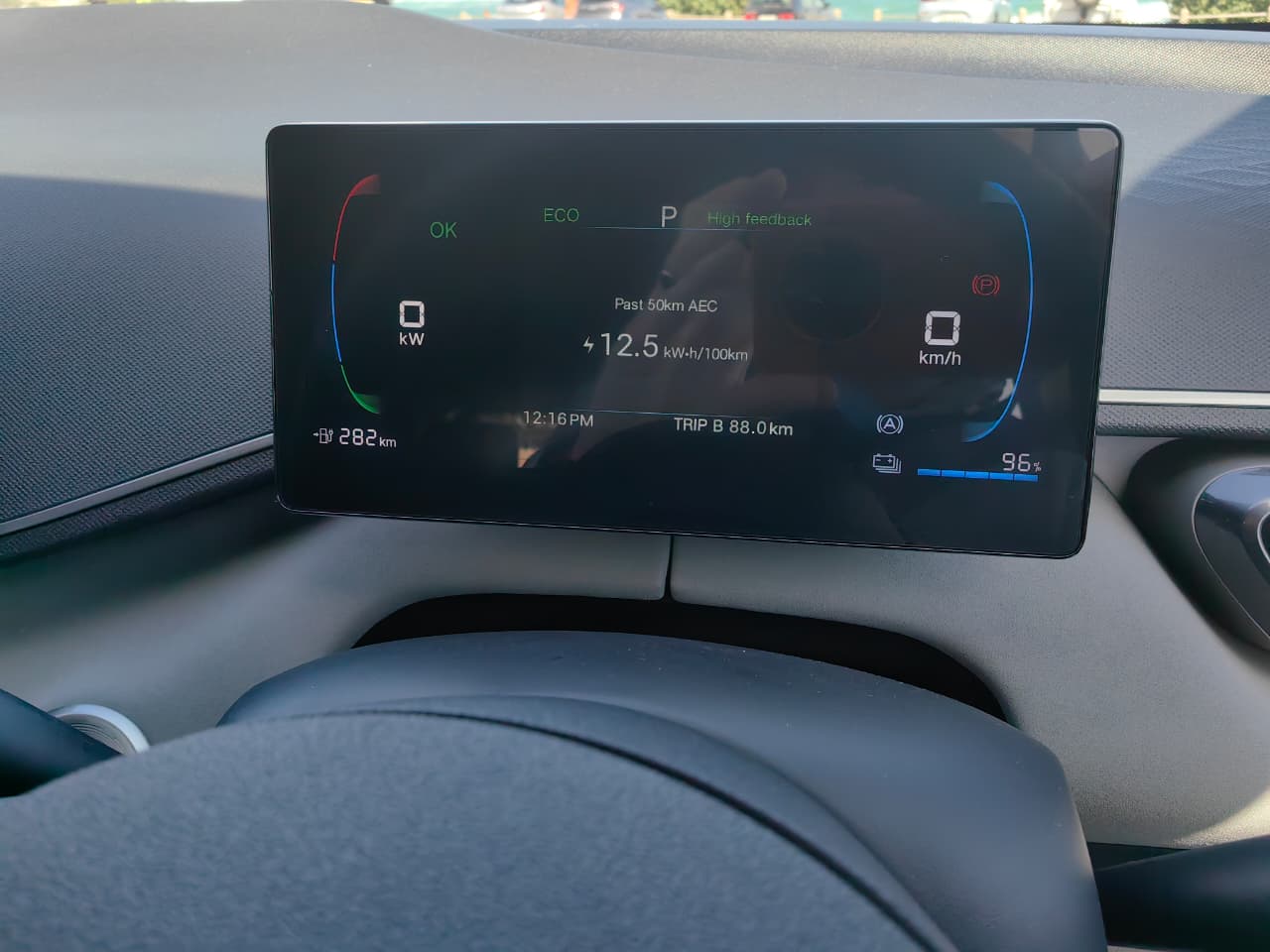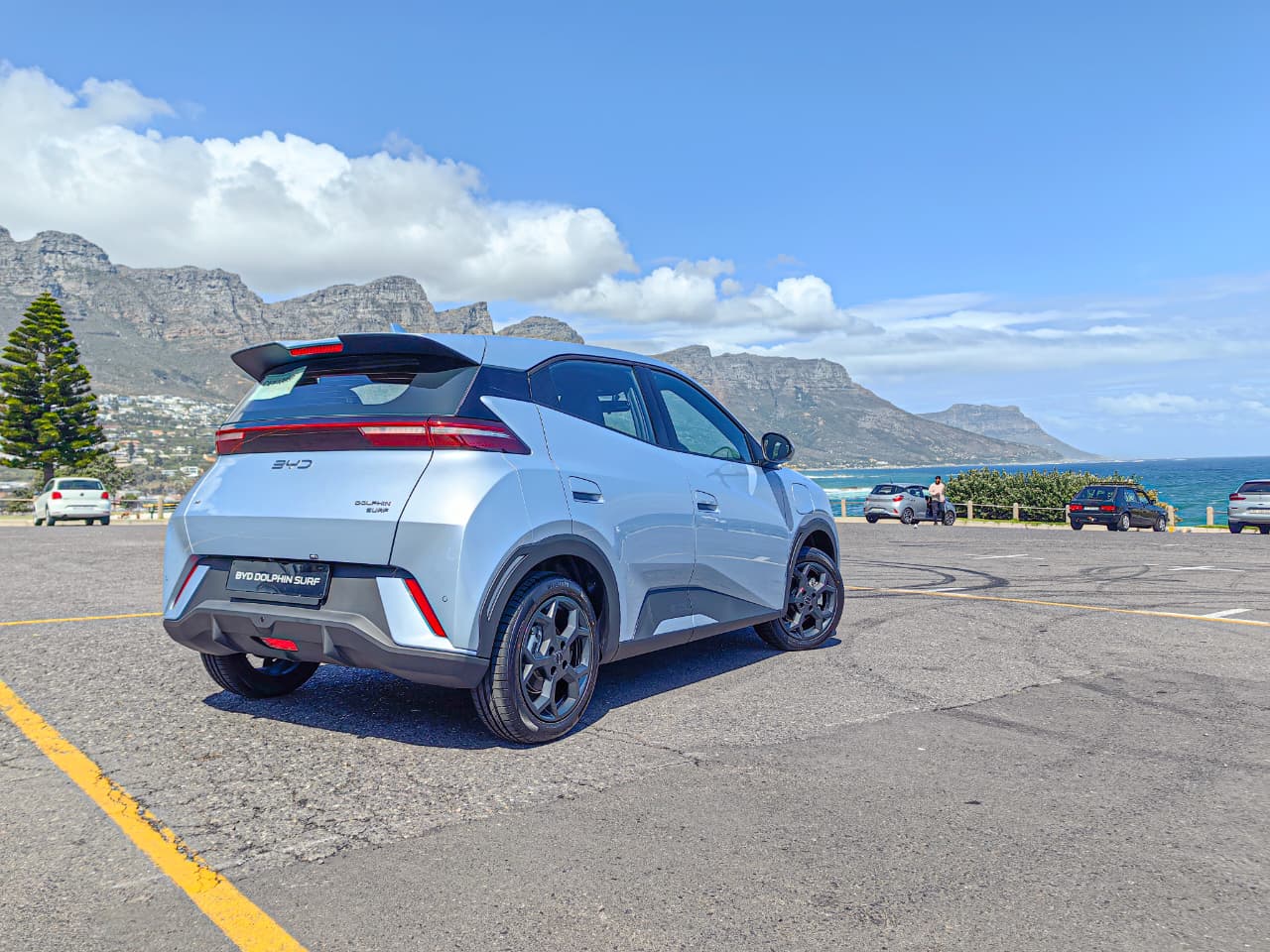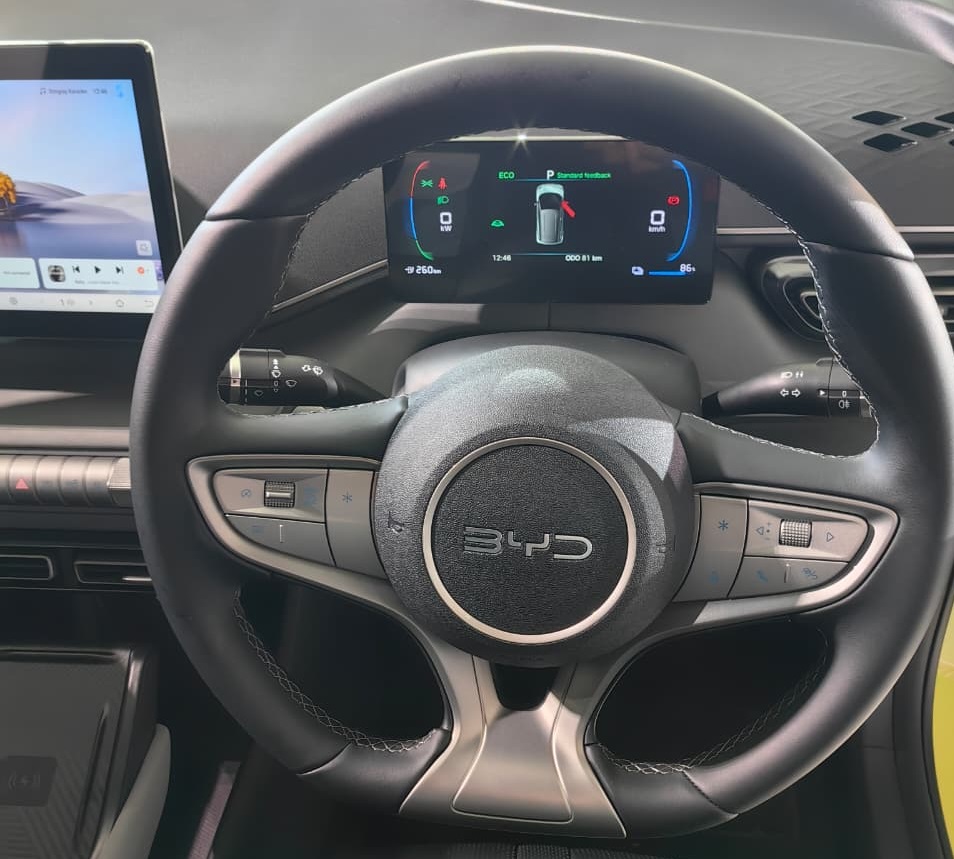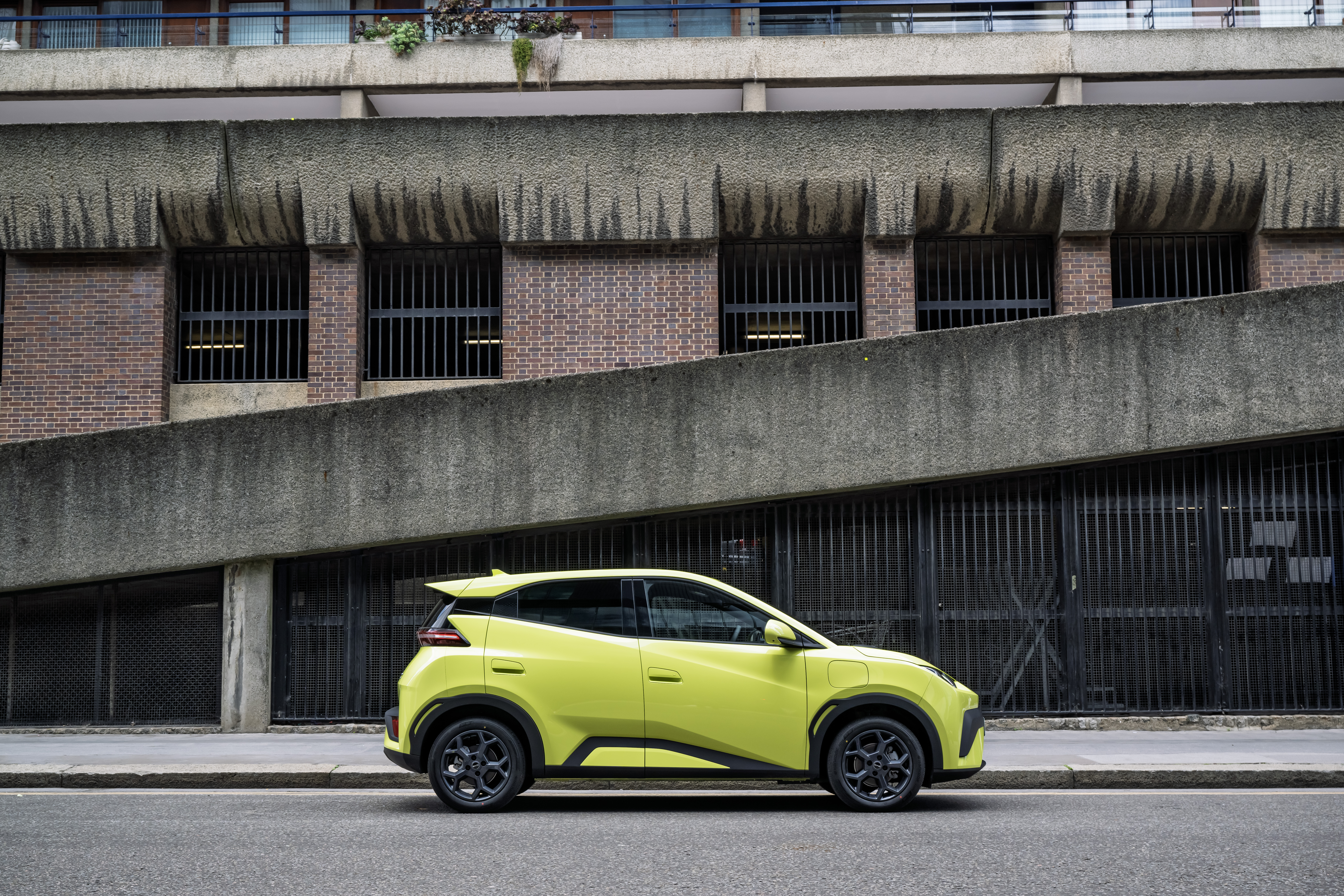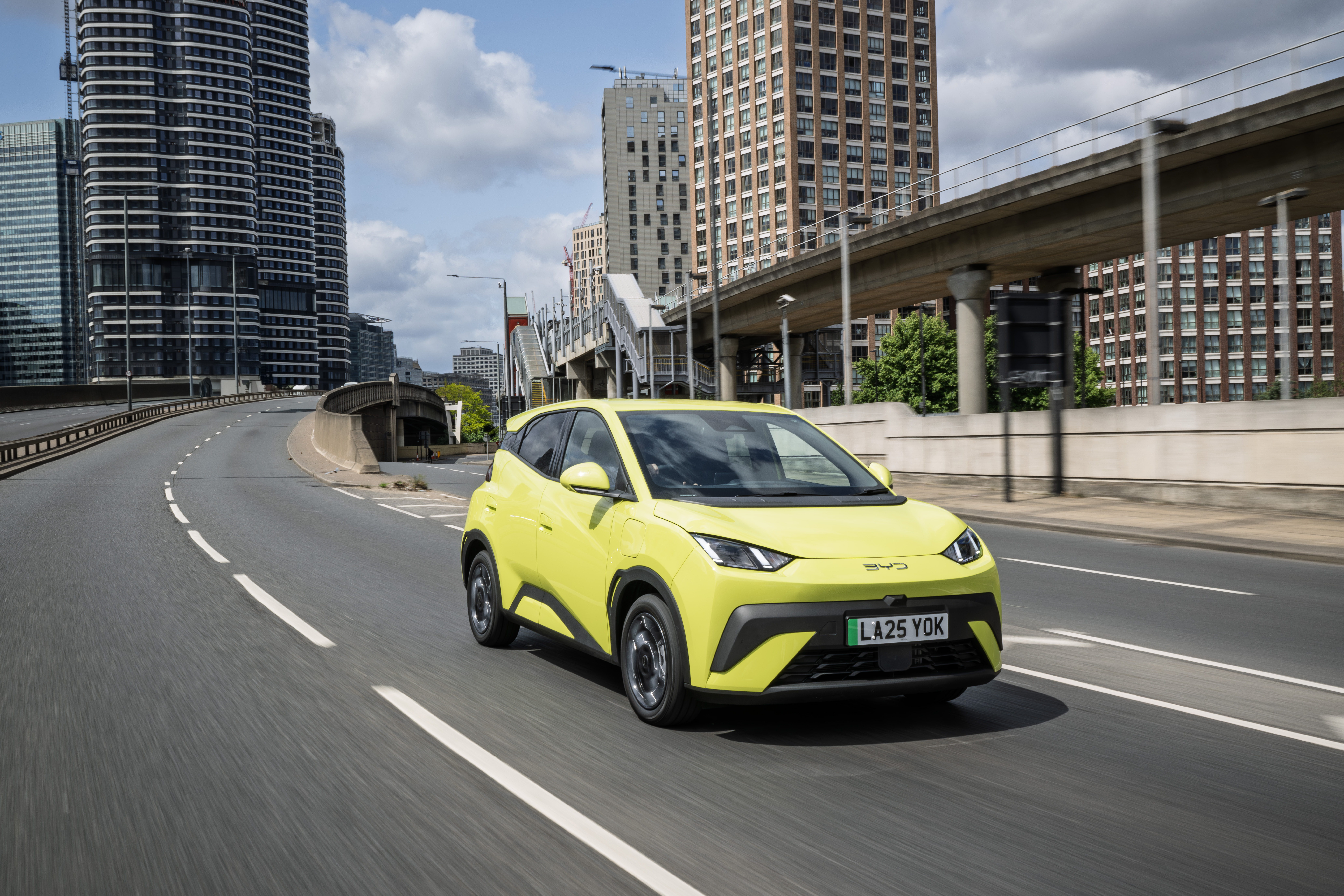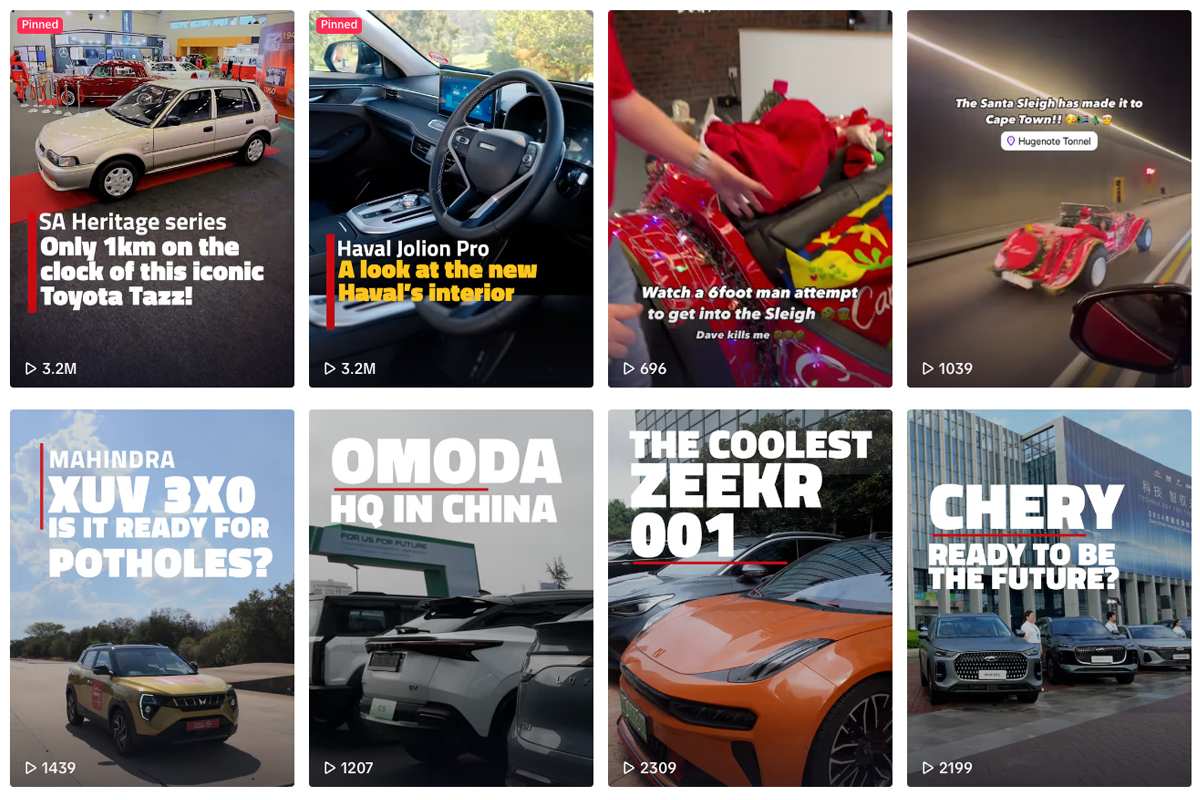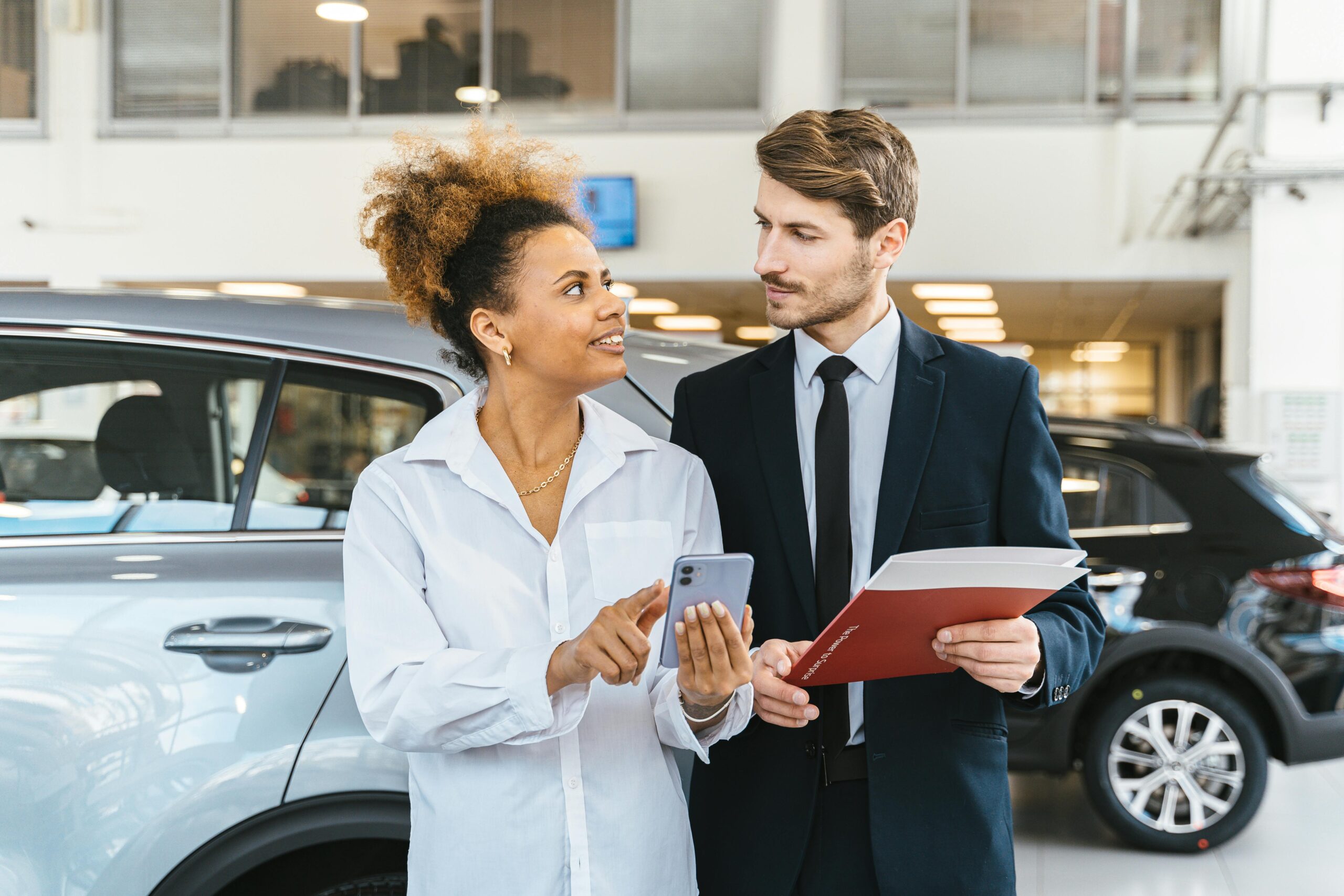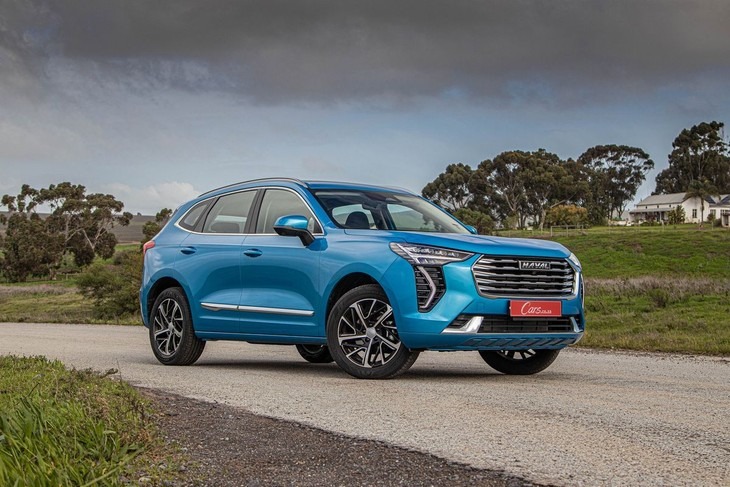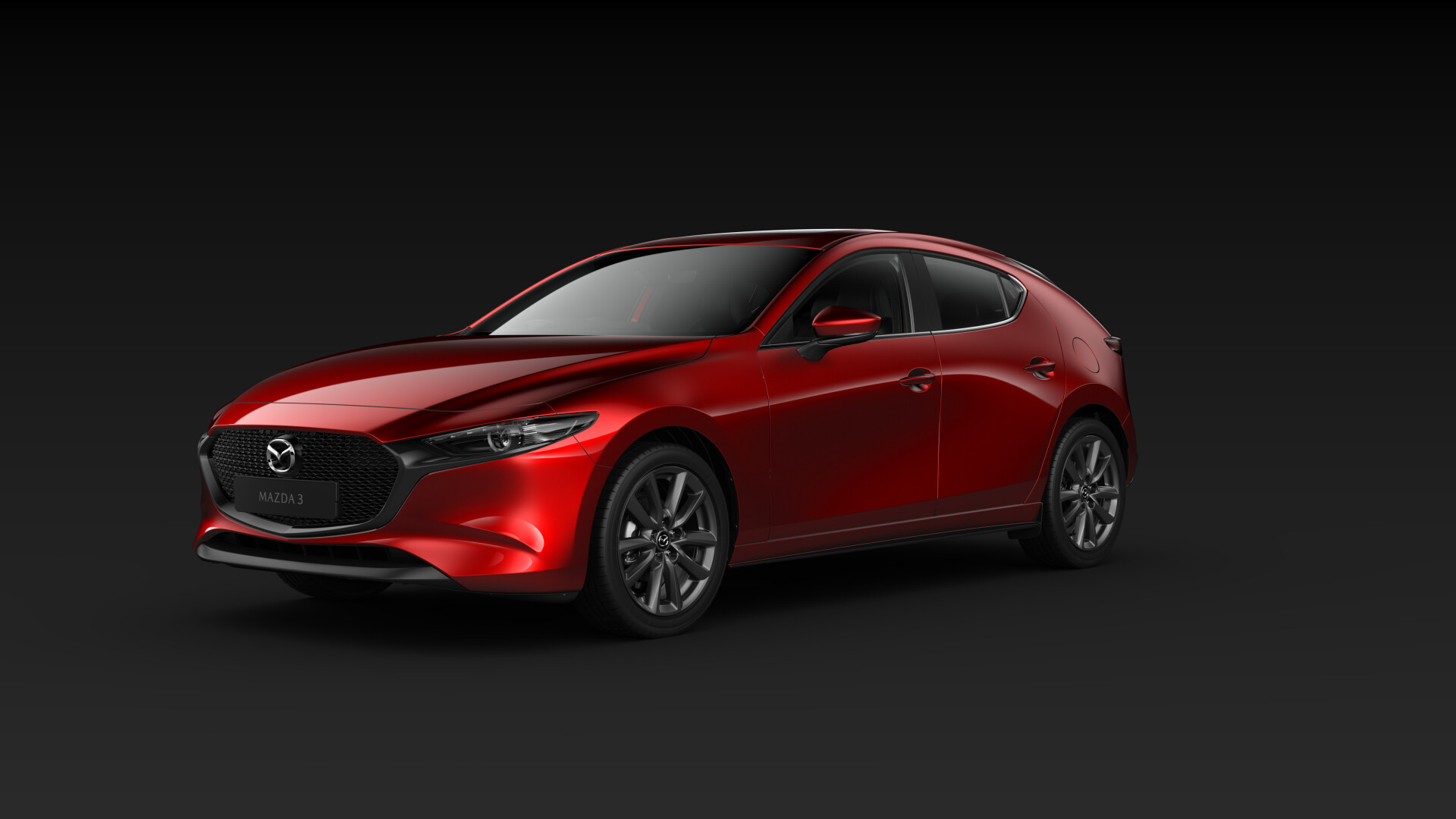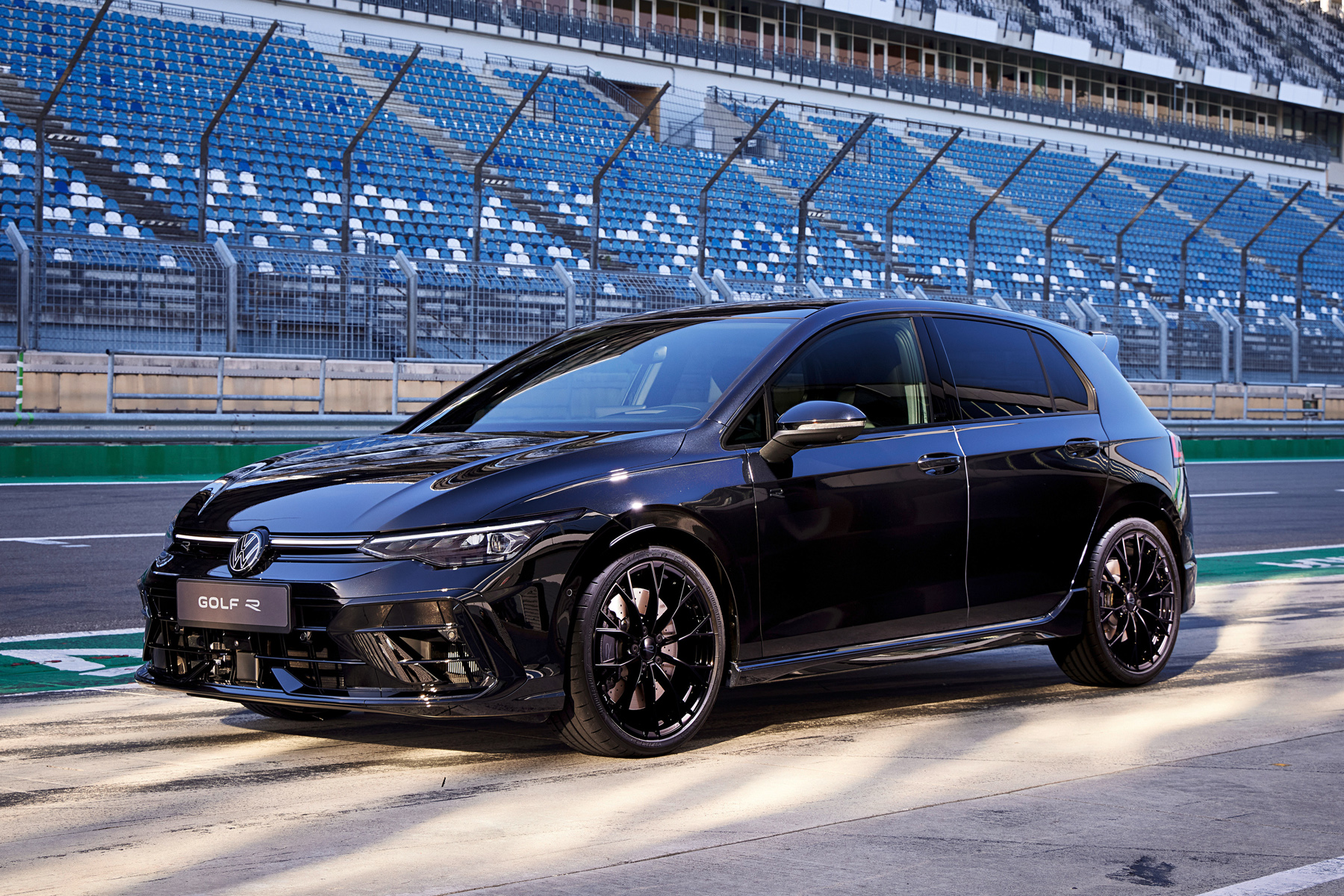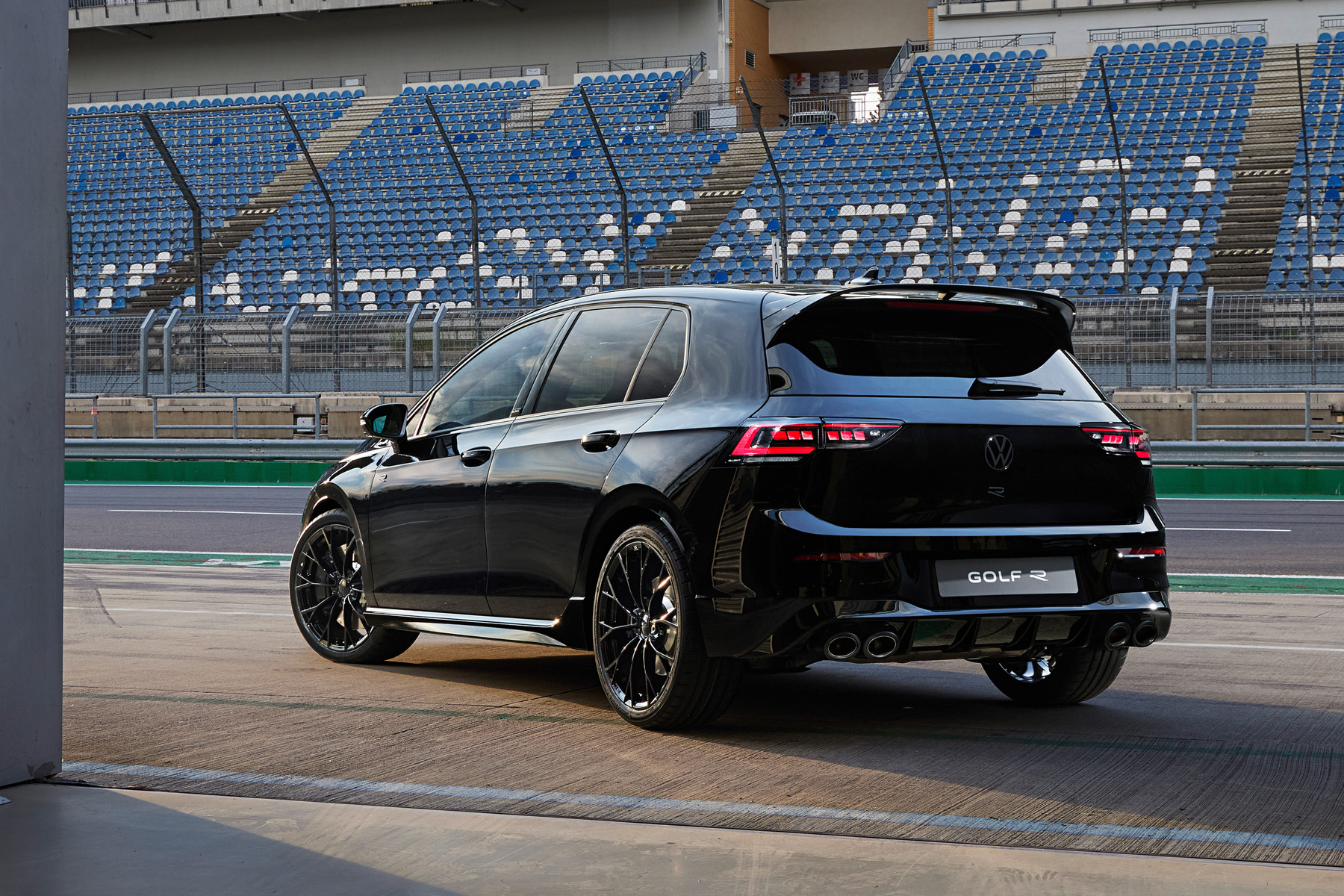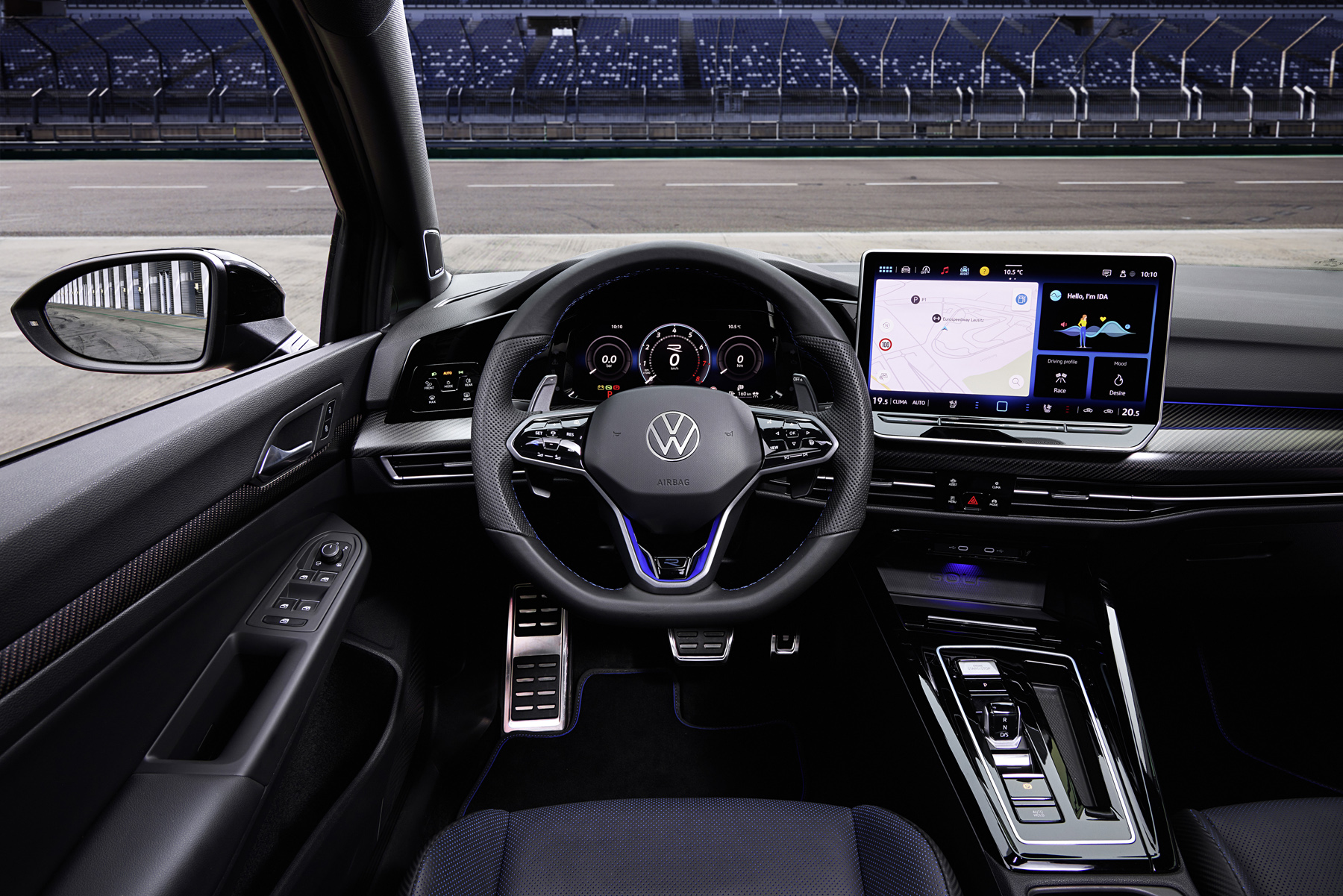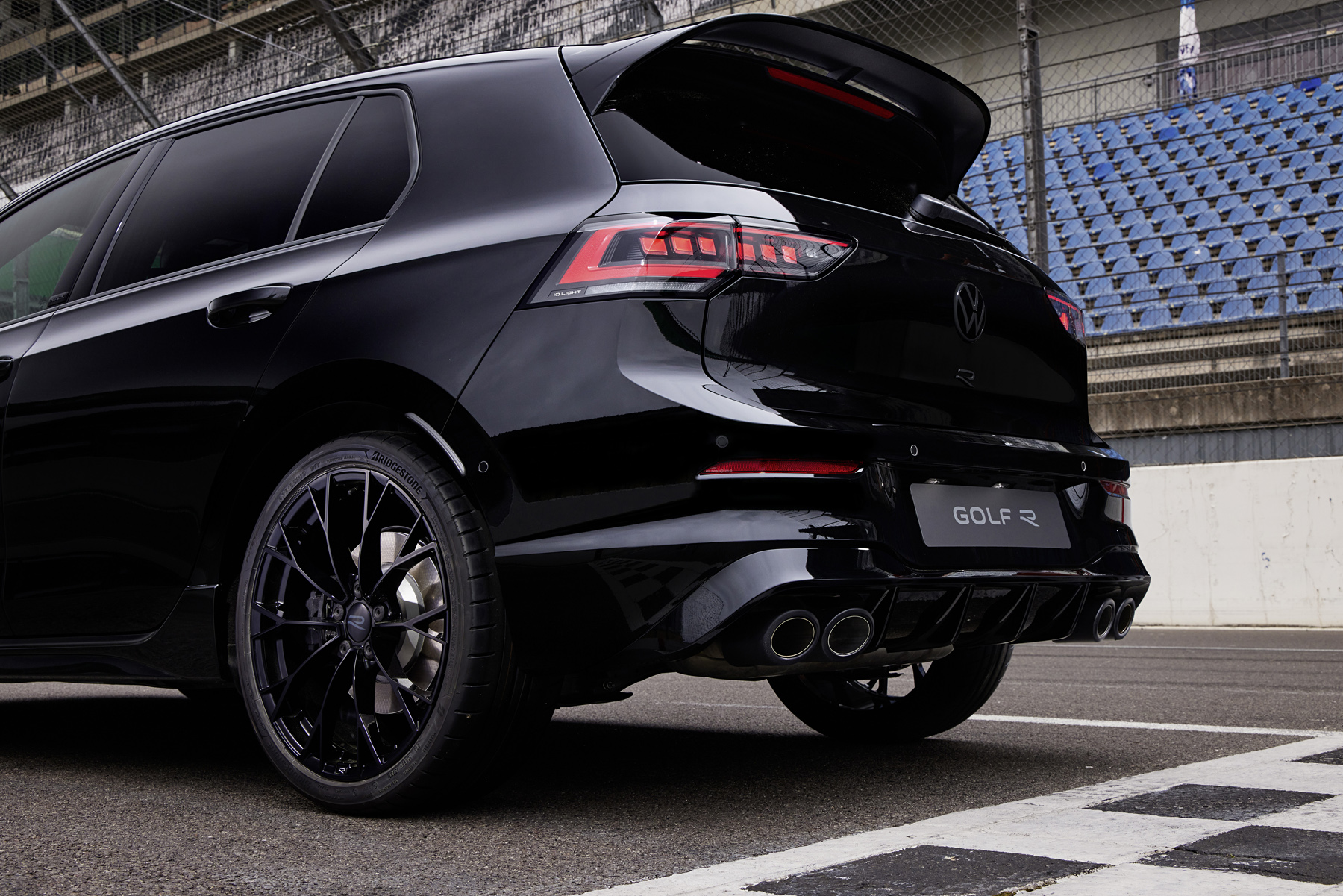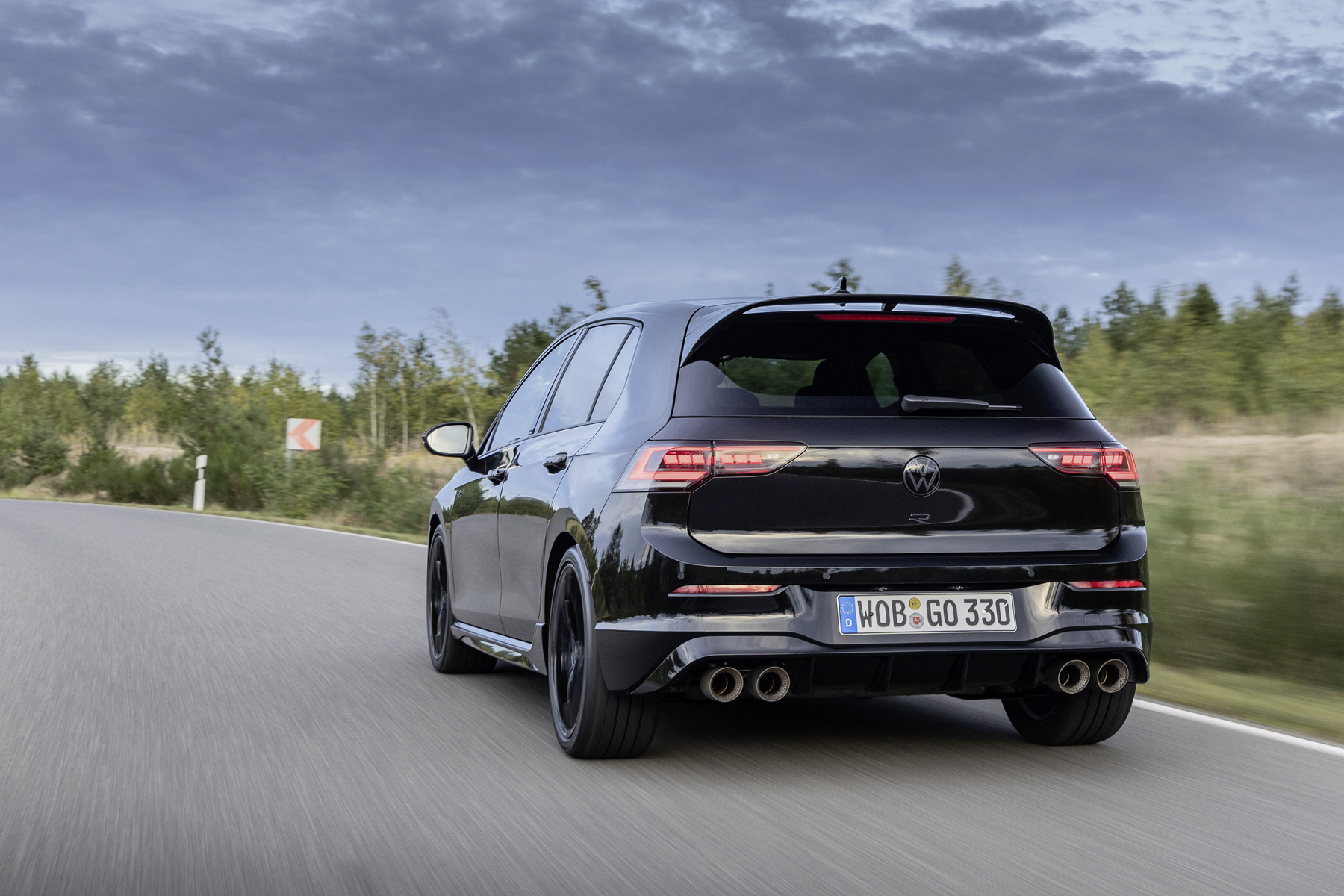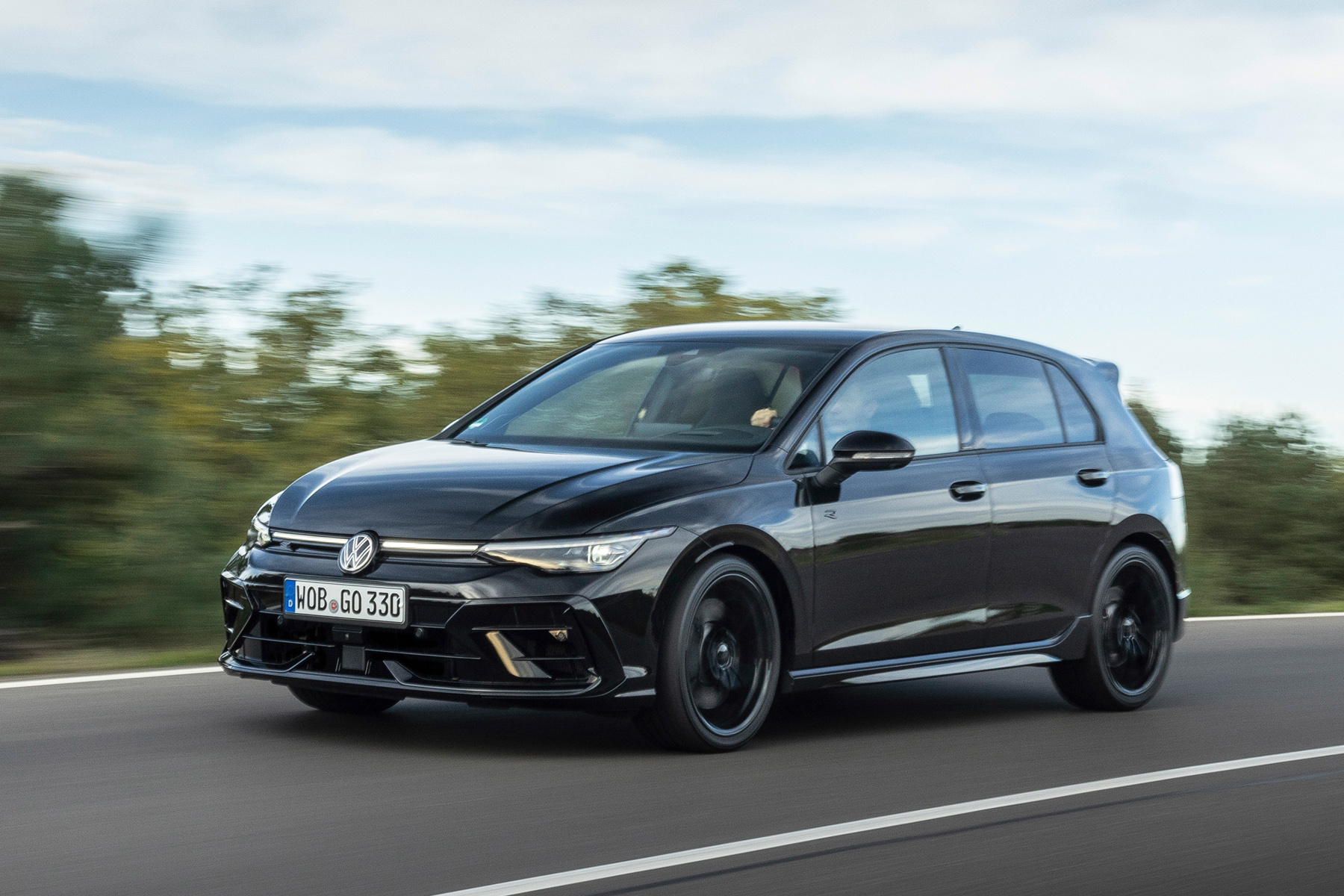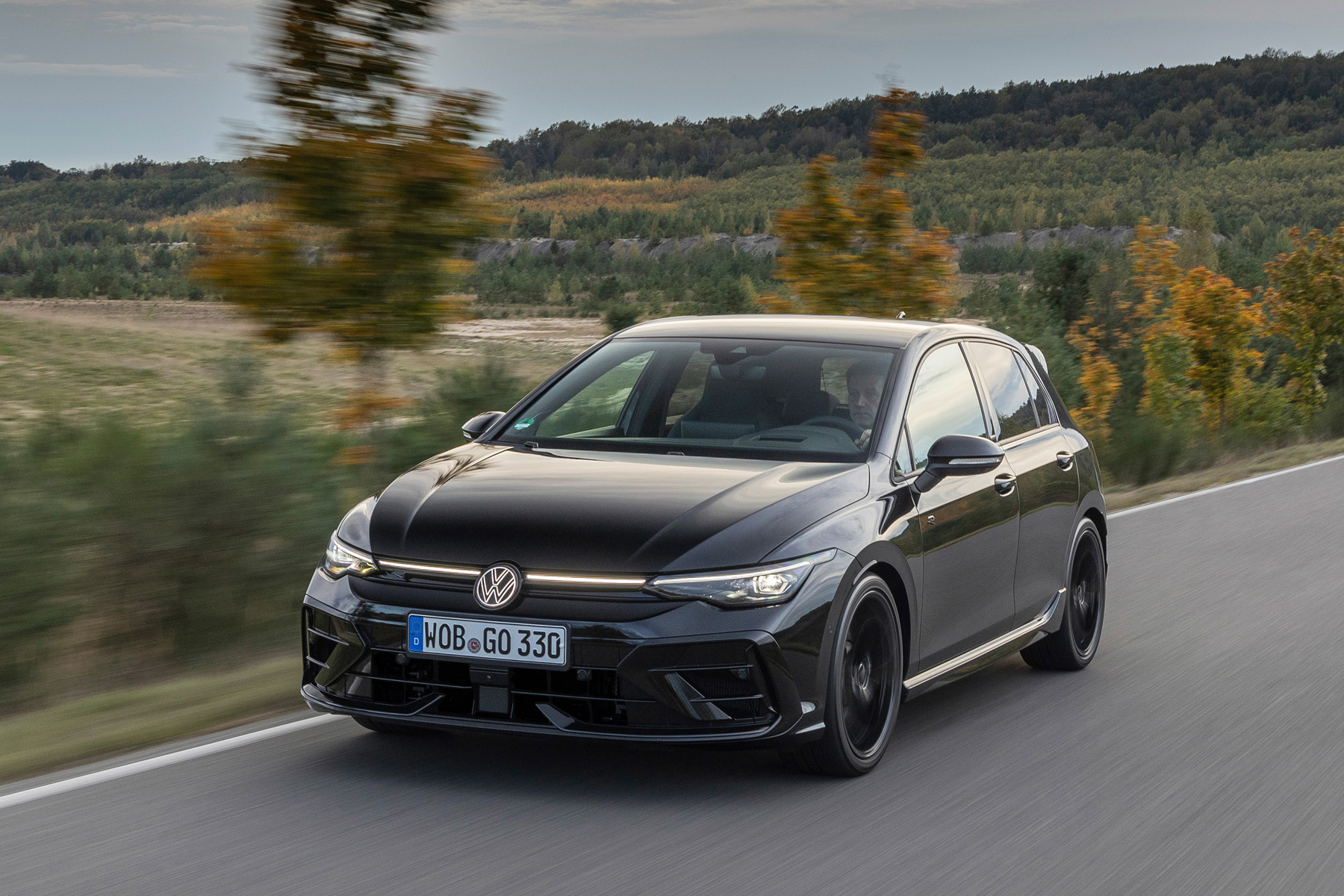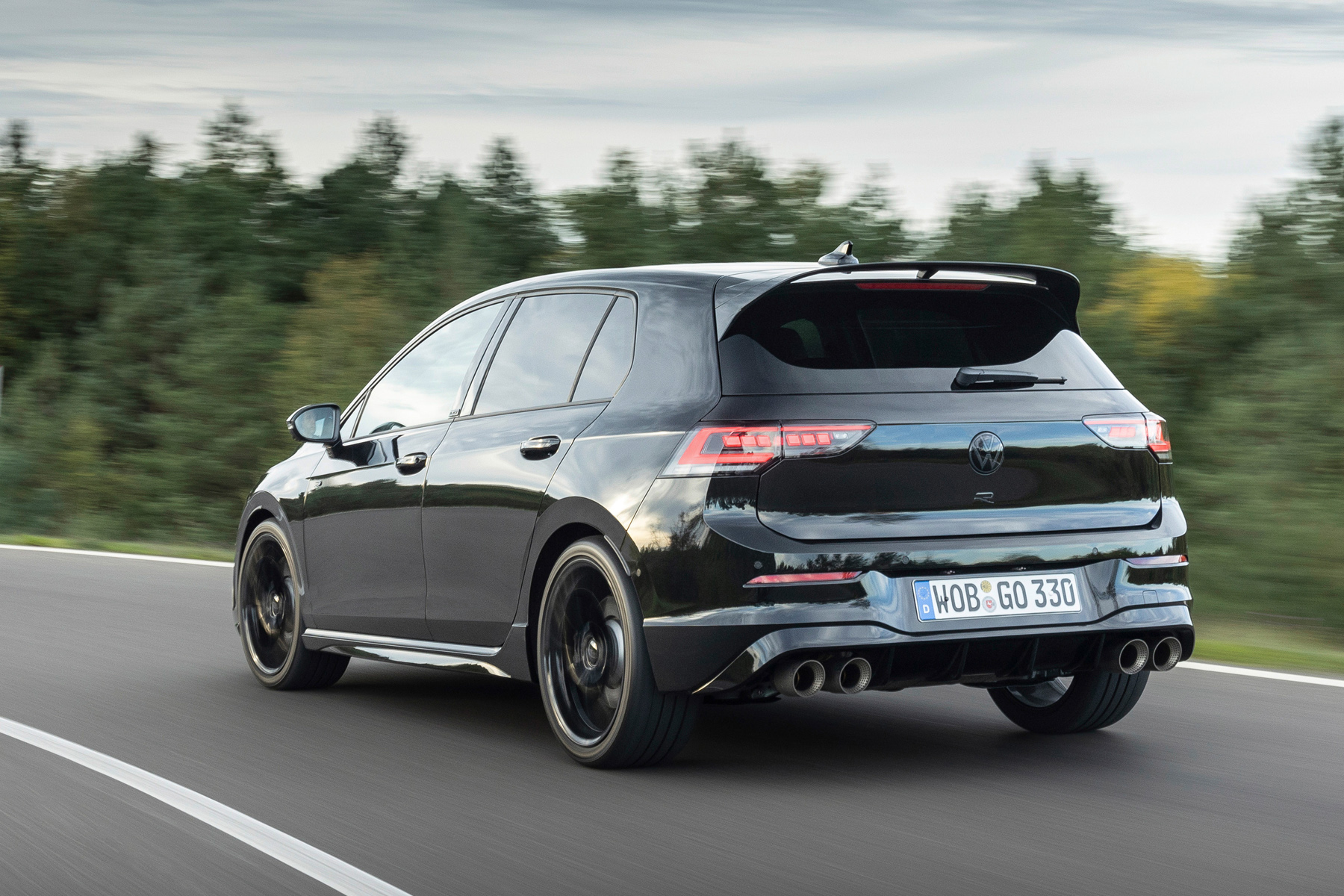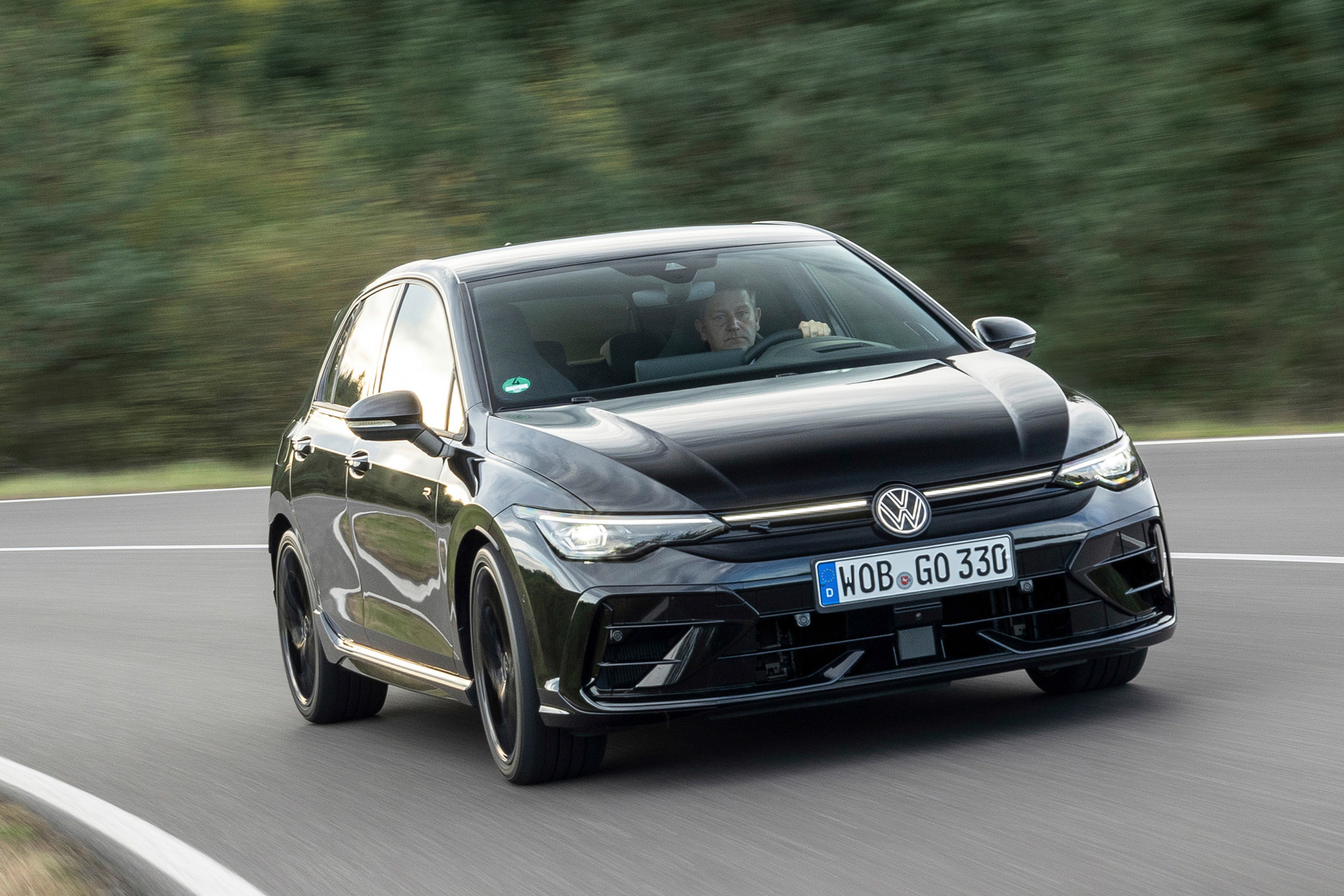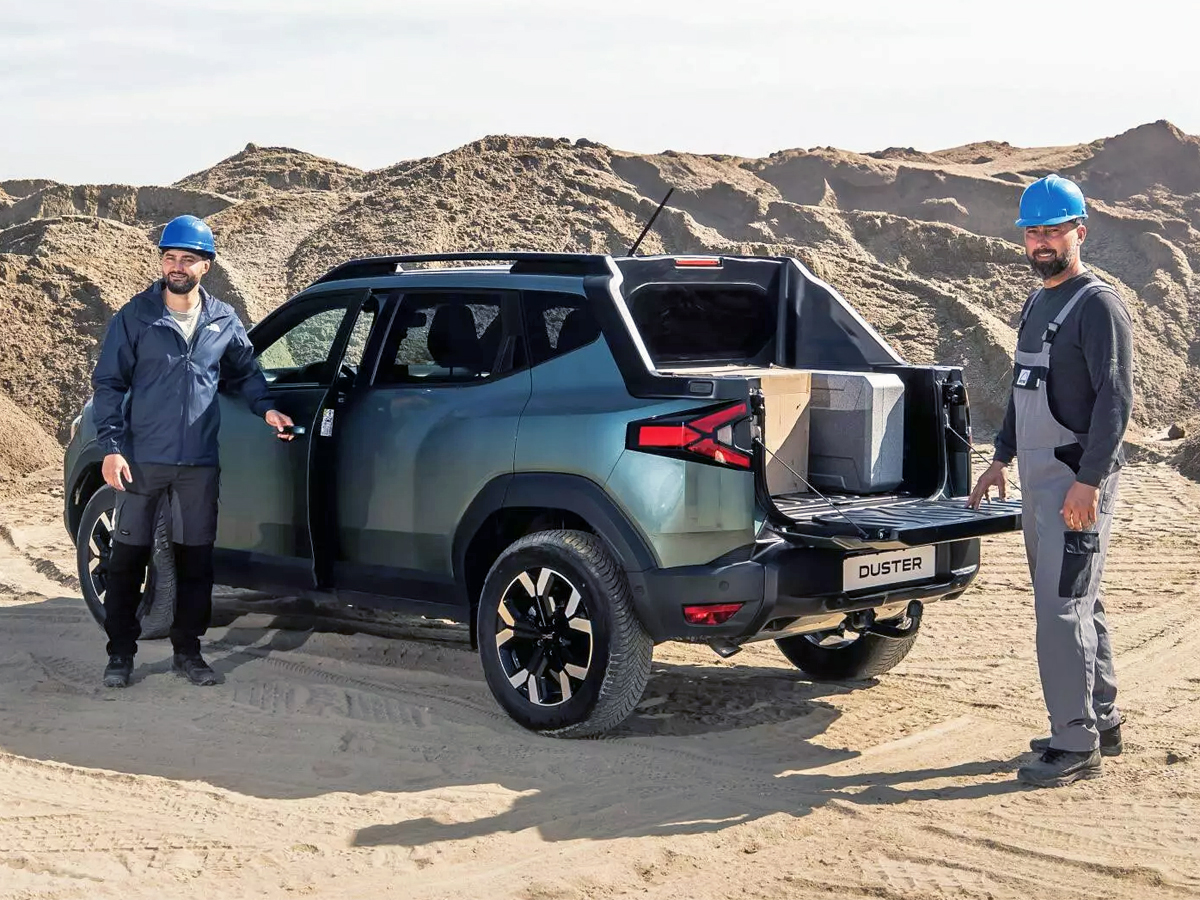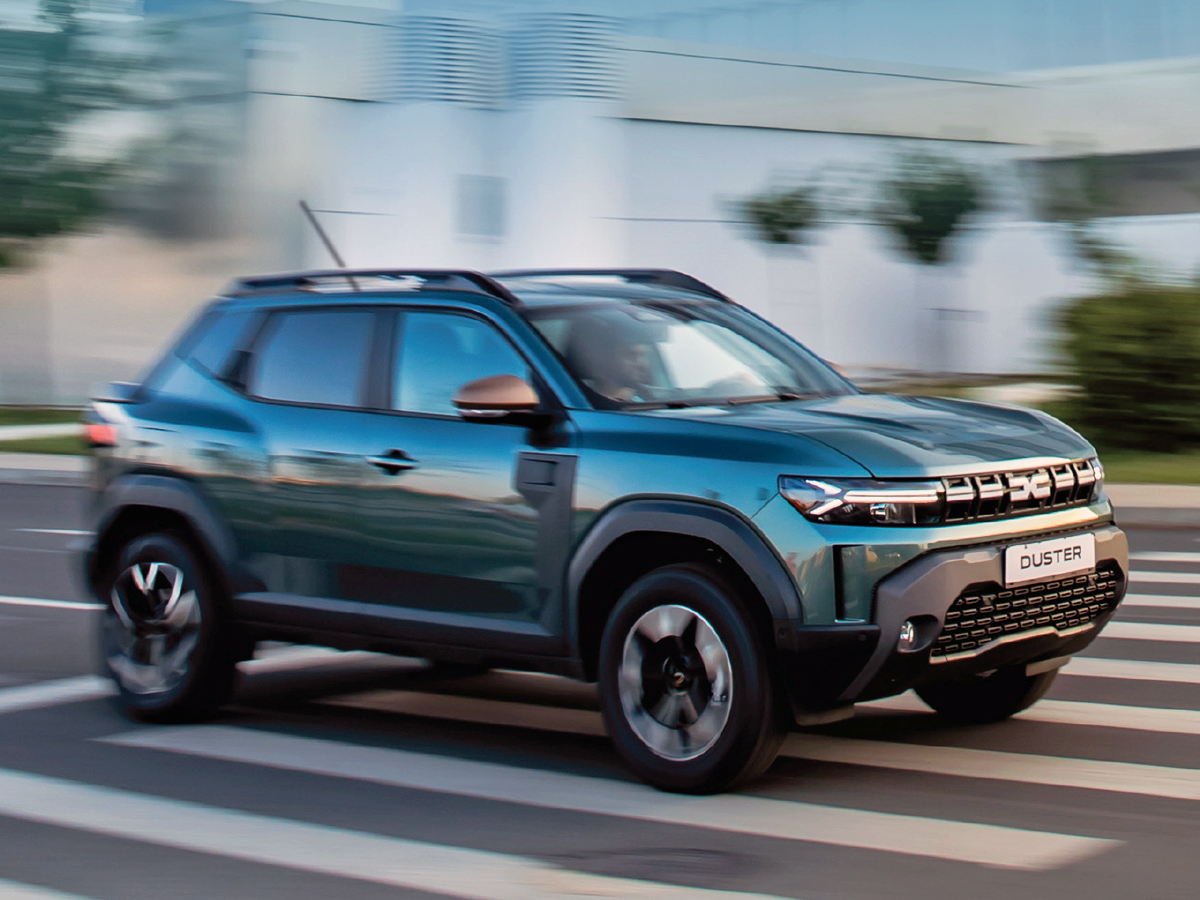SA’s double-cab bakkie sales: top 2 neck and neck last month
The battle for the title of SA’s best-selling double-cab bakkie was a close one in August 2025. Here’s a look at the numbers, along with single- and extended-cab sales…
- Double-cab sales in August: just 38 units separate Ranger and Hilux
- Isuzu D-Max again places 3rd place on SA’s double-cab bakkie charts
- Hilux leads Mzansi’s single- and extended-cab segments, year to date
While we’ve already brought you the list of South Africa’s best-selling bakkies for August 2025, we’re now able to drill down to sales by body style. Yes, that means we can see which bakkies dominated the double-cab, extended-cab and single-cab segments last month.
If you’re not already aware, note that Naamsa’s monthly sales report unfortunately doesn’t include a breakdown of the 3 bakkie body styles available in SA. However, our ever-helpful friends over at Lightstone Auto have again assisted us by providing these fascinating registration figures for August.
As a reminder, the Toyota Hilux was Mzansi’s best-selling bakkie overall in August, with this model’s tally of 3 325 units last month proving its best effort since June 2023. Next came the Ford Ranger on 2 066 units, with the Isuzu D-Max (1 778 units) completing the top 3.
SA’s best-selling double-cab bakkies in August 2025
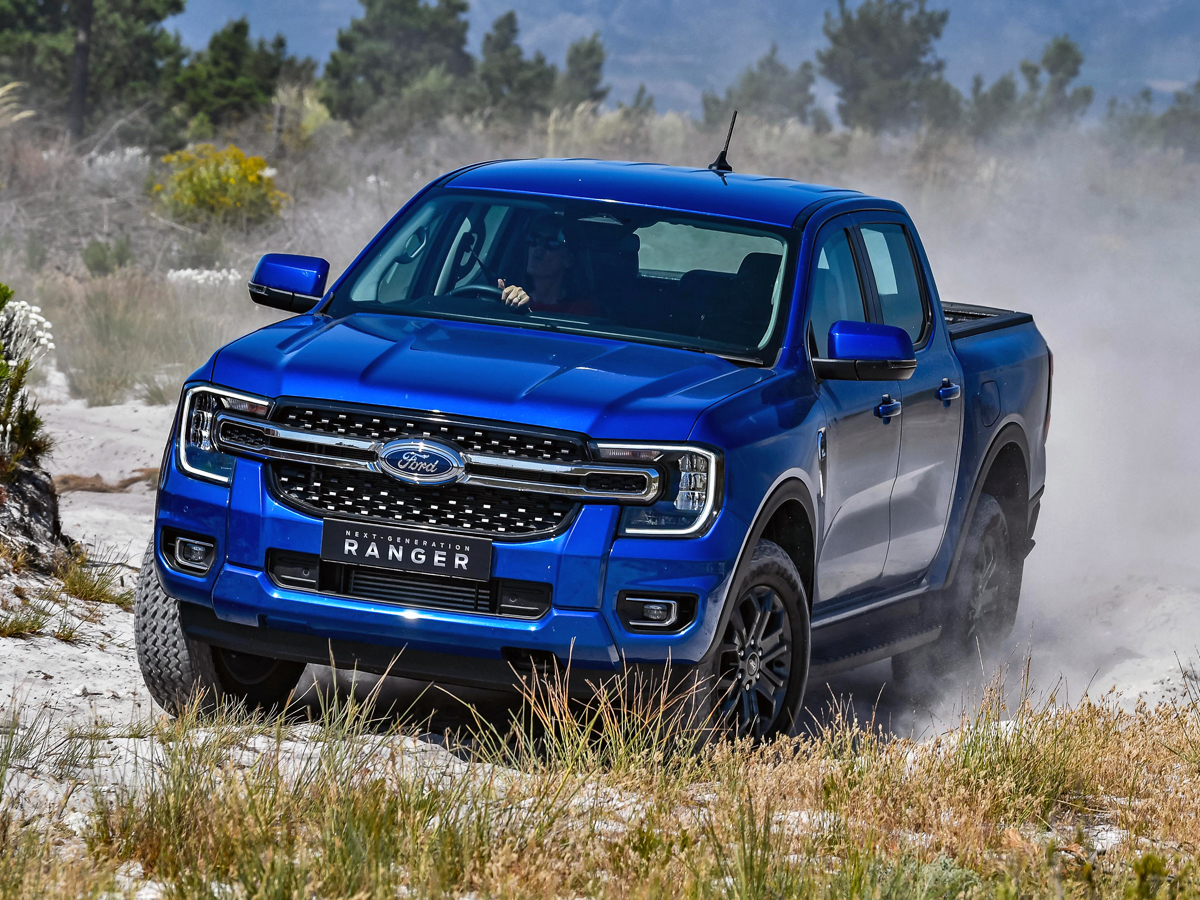
According to Lightstone Auto, the battle at the top of the double-cab charts was close in August 2025, though the Ford Ranger (1 677 units) kept its nose ahead of the Toyota Hilux (1 639 units), ending the month a mere 38 sales ahead of its Japanese foe.
Interestingly, double cabs thus accounted for a hefty 81.2% of the Silverton-built contender’s overall figure in August. In contrast, that share was just 49.3% in the case of the Hilux (which recently welcomed new Legend 55 derivatives to the range).
Year to date at the end of August, however, the Blue Oval brand’s double-cab bakkie finds itself a considerable 2 908 units ahead of the Prospecton-produced stalwart, with 13 645 units sold (as opposed to the Hilux double cab’s figure of 10 737 units).
Meanwhile, the Struandale-manufactured Isuzu D-Max took 3rd place in the double-cab bakkie sales race in August 2025, with 862 units sold (taking its year-to-date figure to 5 833 units). For the record, that translates to 48.5% of its overall tally last month. Lightstone Auto’s figures further suggest all other 1-tonne double-cab bakkie derivatives in the market collectively managed 1 999 units in August.
Single- and extended-cab sales in August 2025

What about the single-cab segment? Well, the Toyota Hilux continued its dominance of this class in August 2025, with the 1 193 units (or 35.9% of the nameplate’s for the month) sold pushing its year-to-date figure to 8 890 units. The Isuzu D-Max again ranked 2nd in the single-cab segment, hitting a total of 776 units in August (or 43.6% of its overall figure). Year to date, Isuzu has sold 6 602 examples of the D-Max single cab.
The KwaZulu-Natal-assembled Mahindra Pik Up held steady in 3rd on the single-cab table last month, reaching 538 sales (or a whopping 79.7% of its overall number in August). The Indian brand’s workhorse thus also sits in 3rd in the year-to-date single-cab race, with 5 352 units sold.
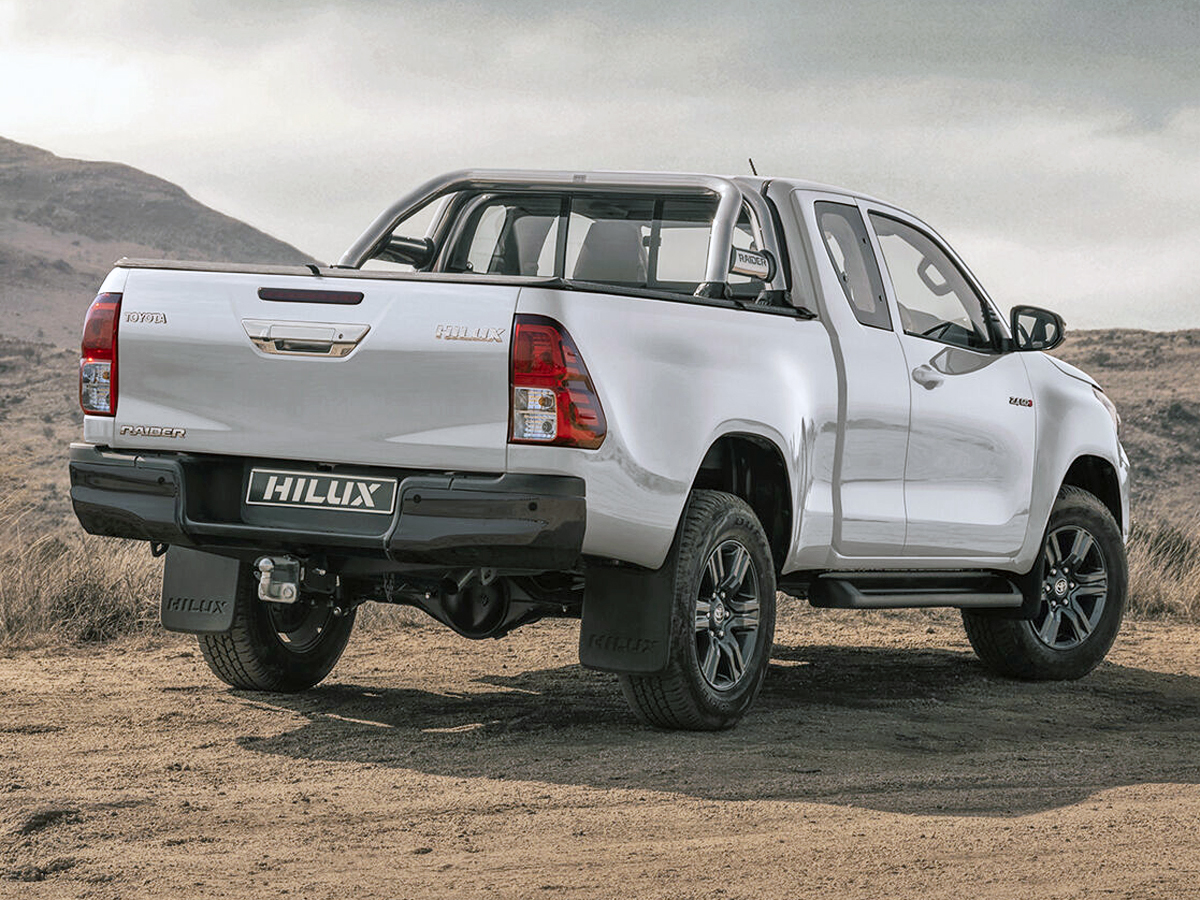
What about Ford, you ask? Well, the Dearborn-based automaker’s local arm sold just 67 units of the Ranger single cab in August 2025 (inching its year-to-date tally to 627 units), which translates to just 3.2% of the nameplate’s total. Lightstone Auto’s figures show all other 1-tonne single-cab bakkie derivatives (excluding Hilux, D-Max, Pik Up and Ranger) collectively managed 1 077 units last month.
Finally, the Toyota Hilux likewise stayed out front in the extended-cab class in August, with 485 registrations pushing its year-to-date tally to 3 319 units. The Ford Ranger remained in 2nd with 321 units (and 2 358 units over the opening 8 months of 2025), with the Isuzu D-Max (140 units in August and 1 190 units year to date) completing the picture. These are, of course, the only 3 bakkies available in Mzansi in the “cab-and-a-half” body style.
Related content
Toyota Hilux Legend 55 (2025) Launch Review


